With the rise of artificial intelligence (AI), we have heard how it will begin taking over many human tasks. This conversation has been largely focused around industries like manufacturing, customer service, and healthcare, where machines can carry out tasks incredibly efficiently.
The creative realm was thought to be mostly off limits to machines, at least for now. Many believed they would not be able to paint a picture, create music, or write a book like us. These are tasks that absolutely require the free and creative human mind, and art is fundamental to the human experience.
This is changing!
Machines are not going to completely replace us humans in the creative realm, and who would want them to? Instead, AI is enabling artists from all around the world, amateur to professional, to generate new types of art that were previously nonexistent.
So, how exactly can you create art with AI?
Researchers and developers have been building many tools and applications that can be used by anybody to create art. Most of these work with Generative Adversarial Networks (GANs), so it’s important to have a basic understanding of what a GAN is.
Here is a quick summary of the steps to turn your imagination into stunning AI art🎨on starryai (we’ve covered the details later):
No prior skills are needed; you only need your imagination and a great prompt. Then, let our software work its magic right before your eyes.
Start your creative journey today with starryai and unlock your creative genius!
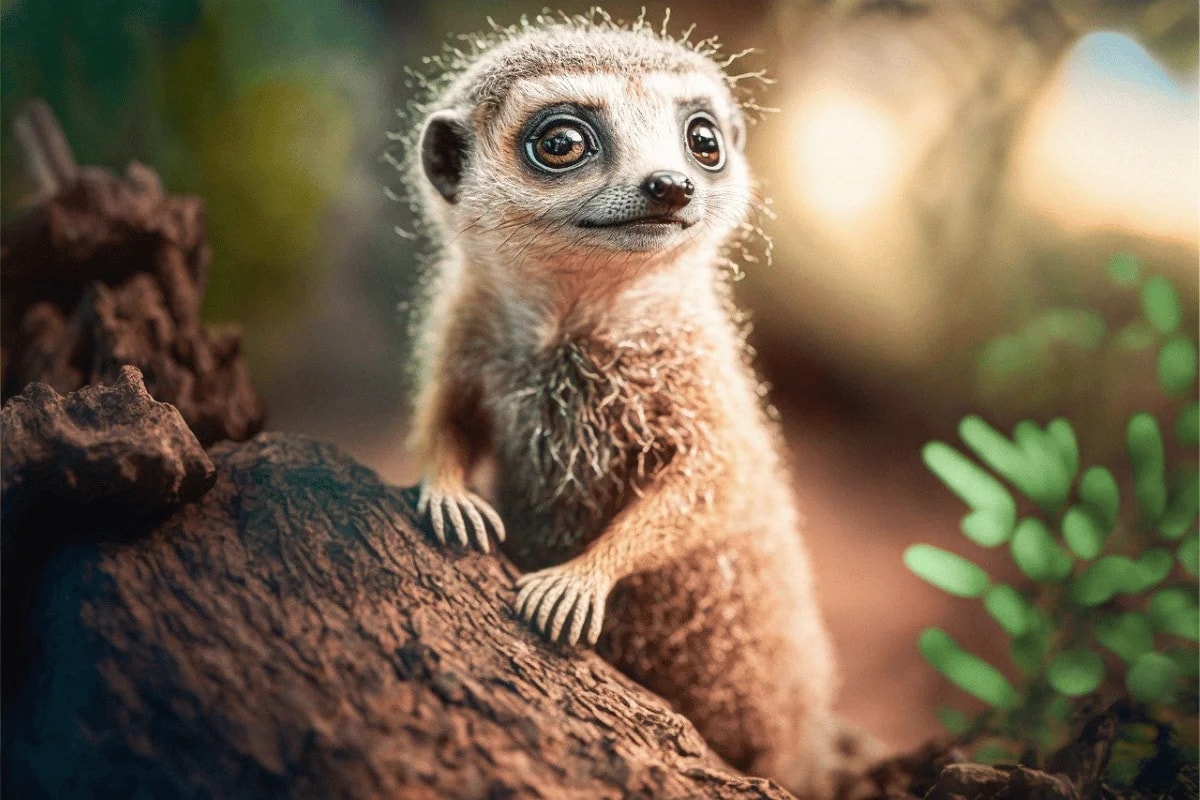
There are numerous reasons why AI art stands out from traditional art.
Here are a few of them:
AI generators allow you to mix and match various styles and techniques to curate unique masterpieces, such as AI abstract art, that human artists might find difficult to conceive.
You can incorporate elements from different styles, periods, and cultural influences to create something uniquely yours.
AI art makes the process of creating art accessible to everybody. Unlike traditional art, which may take years to master, AI tools empower anybody with digital literacy to curate breathtaking art with minimal effort.
Personalization abilities allow creators to adjust images to align with their creative goals. You can easily change the color, mood, or style at any stage of the generation process, empowering the creation of unique art.
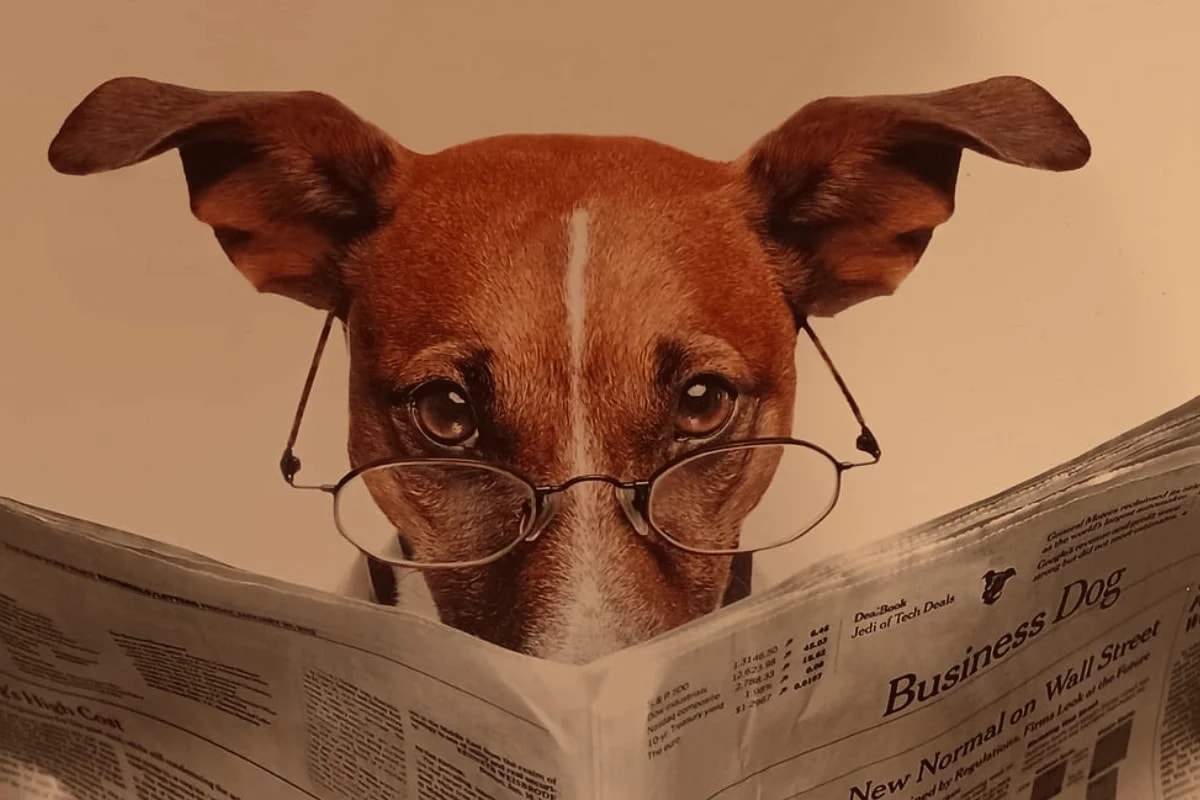
AI art tools leverage advanced technologies to render images from scratch. Our software uses:
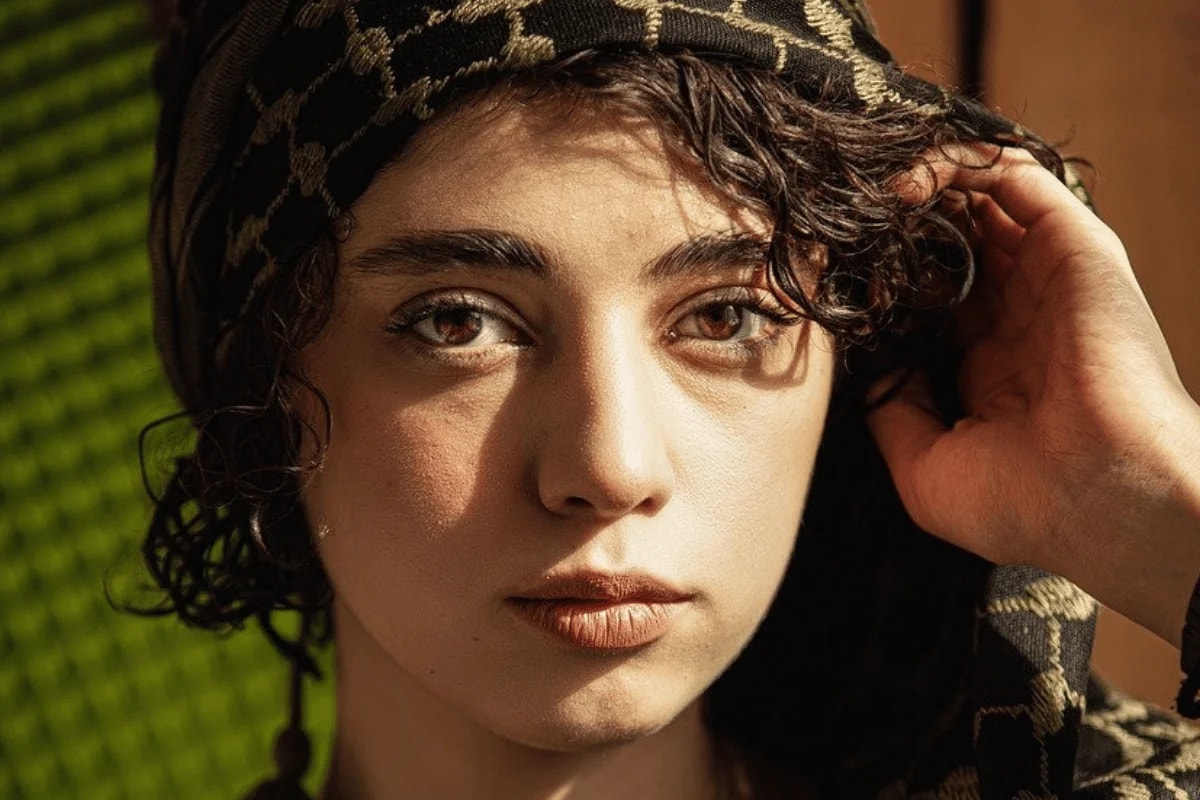
Most of the time, art pieces that are generated by AI-based algorithms involve GANs. With a GAN, two sub-models are trained at the same time. The first is a generator model that is trained to generate new examples, and the second is a discriminator model that attempts to classify examples as either real or fake. The two models are trained simultaneously until the discriminator model is tricked about half of the time. Once this occurs, the generator model is generating plausible examples.
Thanks to these GANs, AI is making its way into the creative process much quicker than what many of us believed was possible. Computers are playing increasingly involved roles in creative activities like music, fine arts, and architecture. They are changing everything we knew about the creative process and how “human” it actually is. This ecosystem has led to many new tools on the market that can help artists, or anyone for that matter, use AI technologies to generate art.
Let’s focus on the most common AI generation method used by art generators: VQGAN+CLIP.
VQGAN+CLIP is a neural network architecture that revolves around a text-to-image model to generate images of variable sizes. It does this after being fed a set of text prompts and various other parameters. Unlike previous text-to-image models, the VQGAN+CLIP architecture offers incredibly crisp and high-resolution quality images that are more appealing than previous ones. It truly brings the text-to-image model to life. VQGAN+CLIP is actually a combination of two neural network architectures: VQGAN and CLIP. In simple terms, CLIP helps guide VQGAN to achieve an image that is the best match to the given text.
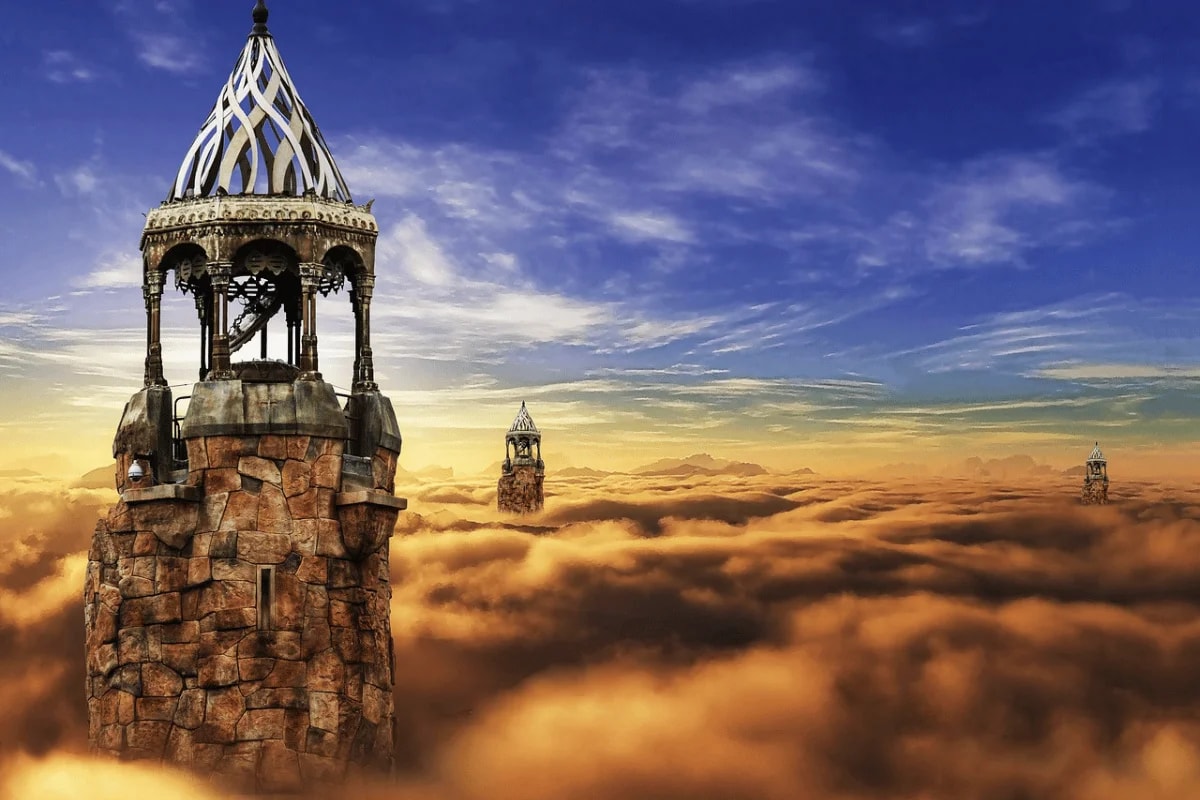
Here is how you can create aesthetic and unique AI art with starryai:
Beautiful AI images start with a great prompt. Come up with a text prompt that describes your idea for our AI generator well. For greater accuracy, images can be either short or detailed with specifics. If experiencing a creative block, use the auto-prompt generator to enter a random prompt.
Prompt Example: A futuristic cityscape in the evening, with tall skyscrapers covered in neon lights. Flying cars zip between buildings, leaving behind trails of glowing light.
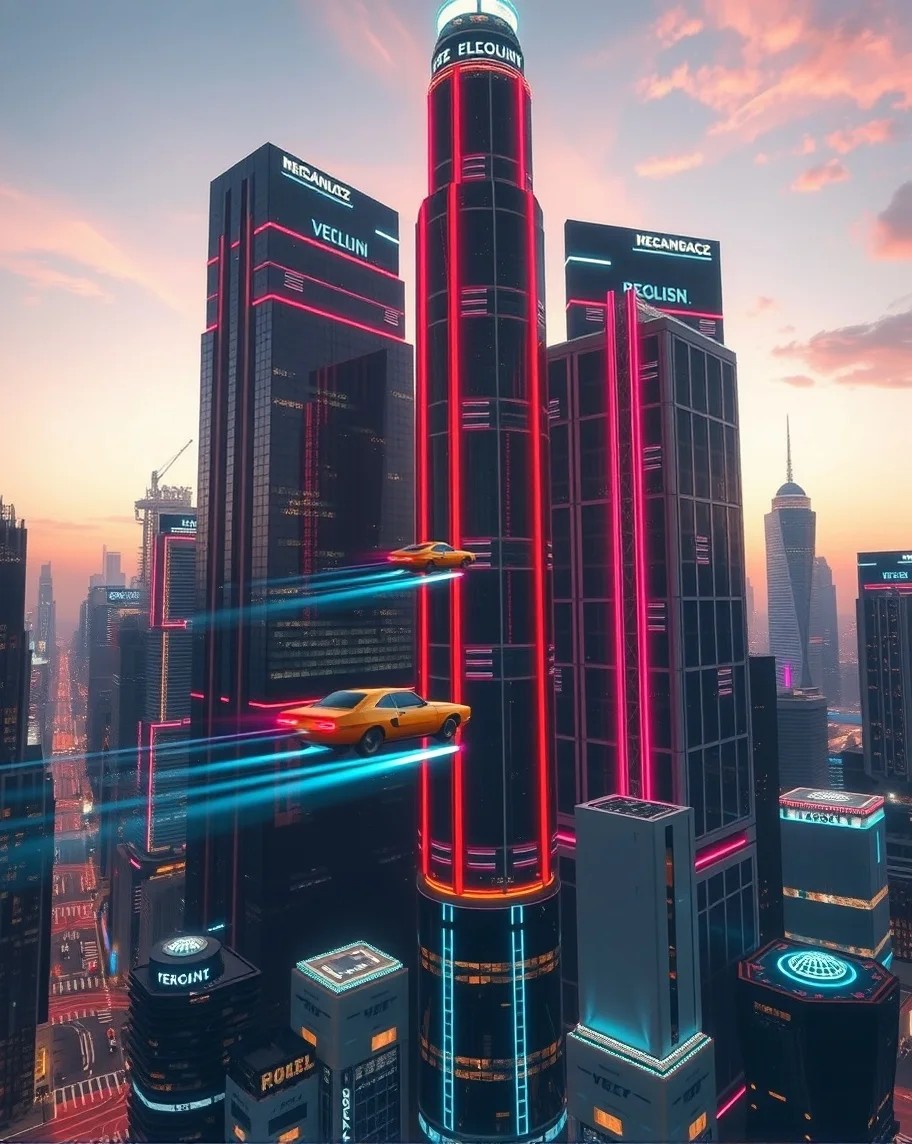
This is an optional step, but it is helpful if you want specific outcomes from the AI generator. You can feed the AI generator an ‘initial image’ to give it a foundation for creating your desired image.
Based on your preferences and your desired outcome, the next step is to consider styles.
Are you aiming for a cartoon effect or a digital illustration? starryai has a collection of styles you can explore to find something that matches your needs. Don’t be afraid to mix and match to render more unique images.
The canvas size will determine the final dimensions of your image. An important thing to remember is your AI-generated image's end goal. Is it for an Instagram post or story? If it is, you should use a portrait or square canvas.
Once you lock in all the essentials— text prompt, style, canvas size— you must set an appropriate runtime for your artwork. This dictates the number of iterations the AI generator needs to render.
The more iterations starryai runs, the more detailed your final image will be.
Finally, click “create” and let AI work its magic. Sometimes, you may need to refine the image or tweak your prompts to create several iterations of the artwork. This will help create images with the intended aesthetic.
And that’s it!
Follow these steps to create stunning images from scratch for free. Using our AI-free software is easy as a, b, c, d, 🔡.
Begin creating AI NFT art with starryai!
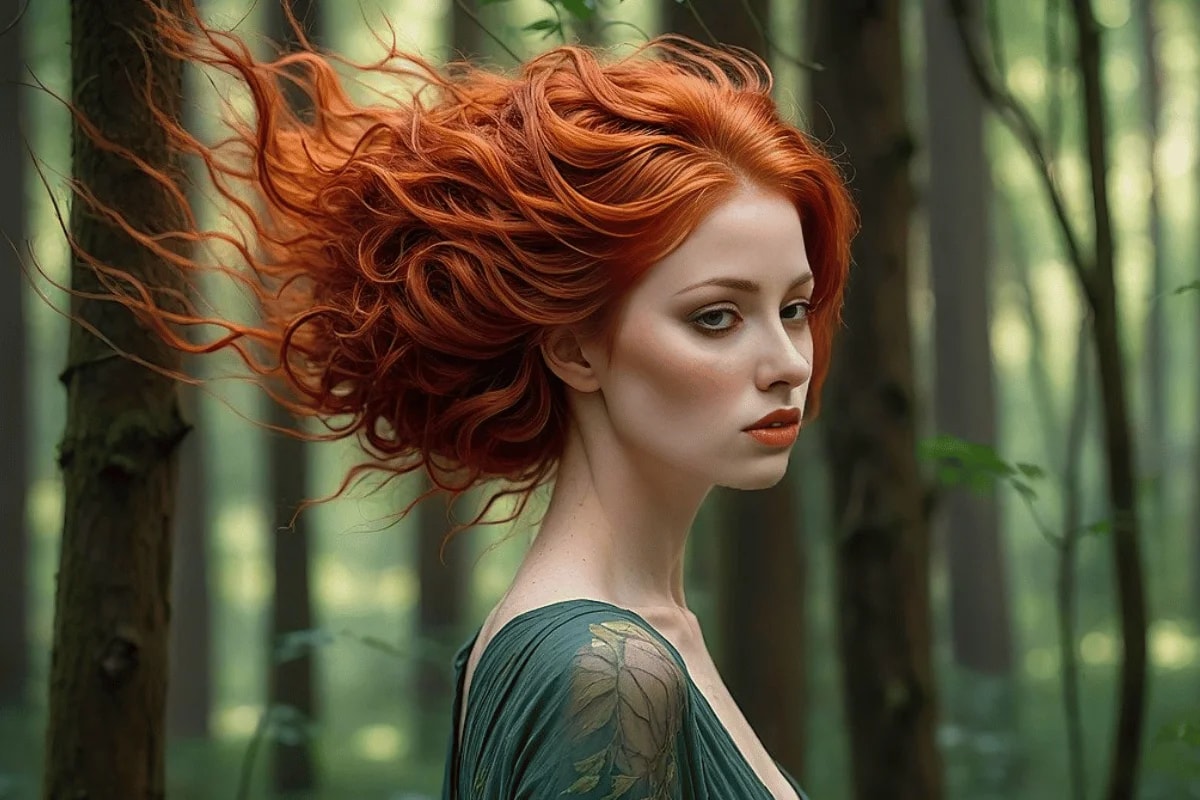
Creating beautiful artwork involves implementing various advanced techniques that enhance quality and accuracy.
Here are some of them:
AI art tools already have models trained to deliver accurate renders.
However, you can feed the AI with custom datasets for a specific aesthetic or style, allowing it to provide more precise, contextual, and refined results.
We cannot emphasize enough the importance of a good prompt.
Your description will tell the AI tool exactly what image you want to create. If the prompt is lacking, you can get a substandard final output.
You may be required to fine-tune the first render to match your preferences for the desired output.
This can be done by changing the text prompt or enhancing the image by adjusting several elements, like image quality.
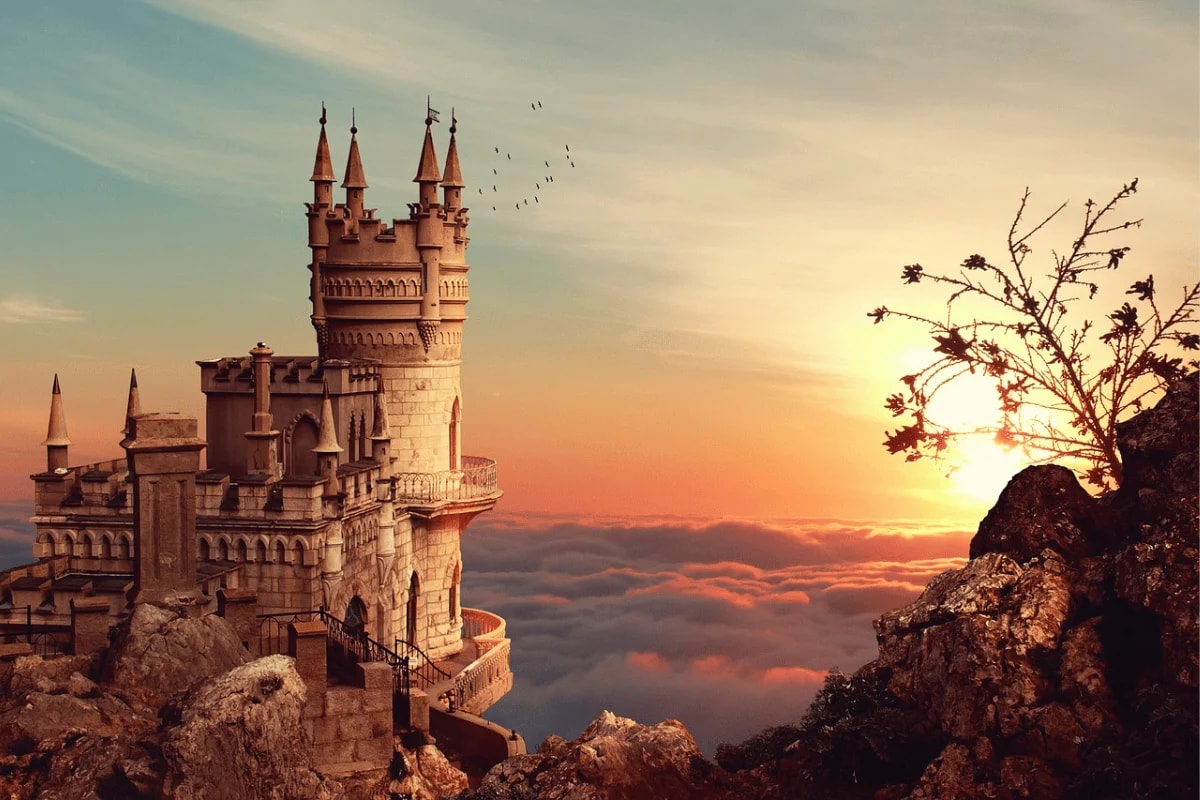
Every AI image can only be as great as its prompt. Great text prompts give the AI tool enough information to create visually accurate visuals.
Here is how you can come up with a precise prompt for your AI art:
While it may sound cliche, practice makes perfect, especially when creating good prompts.
Do not be afraid to experiment with simple prompts to see how the AI art tool interprets them. Your prompts will improve with time.
Get as specific as possible. When writing a prompt, describe in detail the subject and content of the image you want to create—this could be a cat playing with a ball or a family riding in a car.
Additional details you may want to mention include:
Typically, AI art tools provide a variety of unique styles—photography, cartoon, illustration, digital art, and more— that you can choose from.
You can pick one or mix and match to create unique imagery.
You may not get the expected output on the first try, so don’t be reluctant to try out different iterations of your prompt.
You can further change bits of your description to achieve better results.
An Example of an Effective Prompt for starryai: A white tiger with piercing blue eyes standing on a snowy mountain peak, surrounded by mist. There is a soft golden sunset from a low-hanging sun. In the background, a range of jagged, snow-capped peaks loom under a vivid purple sky in a Luna Flux style.
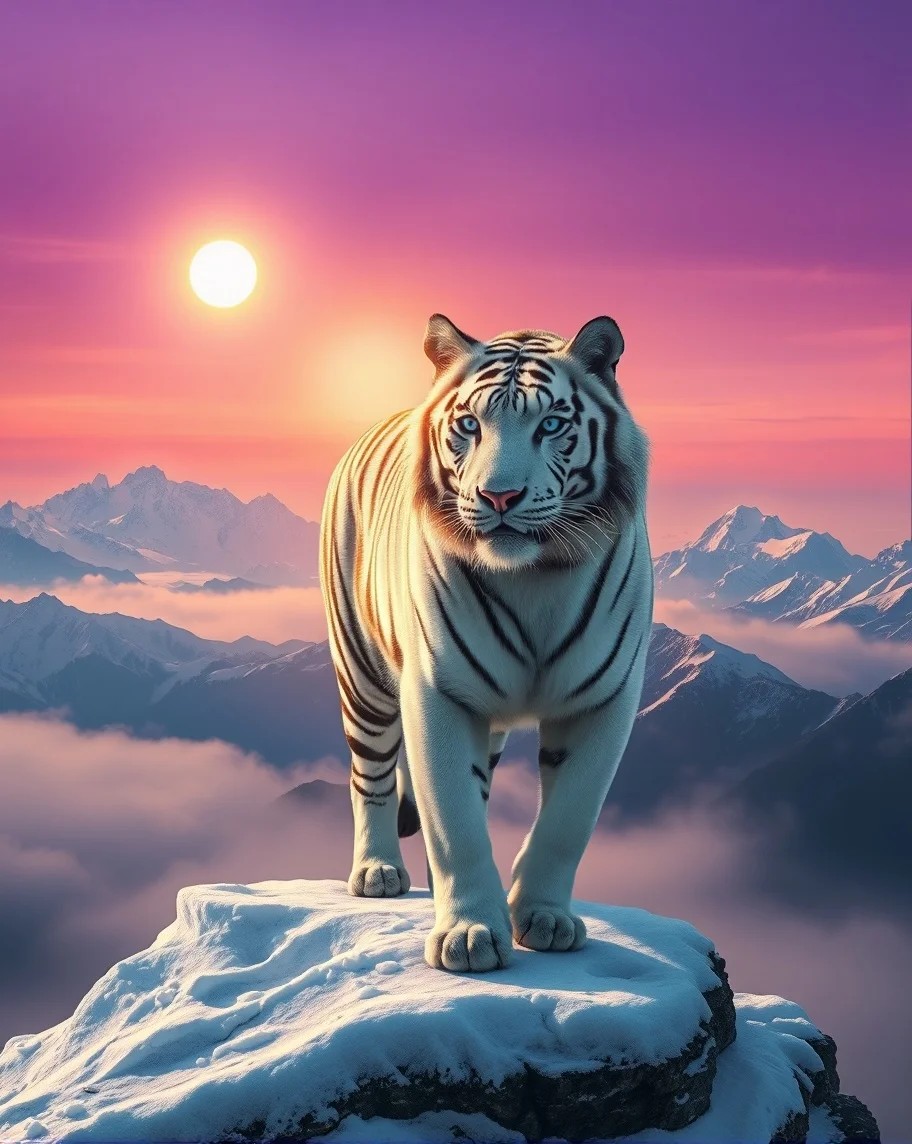
There has been a massive rise in the number of AI tools.
Here’s our list of our top 4 AI art websites:
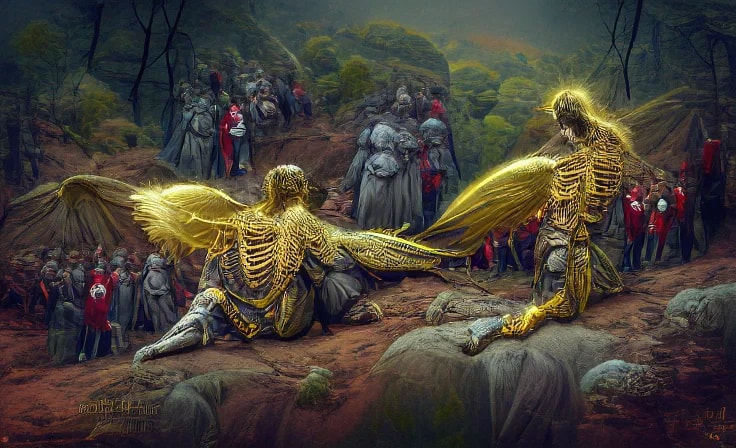
starryai enables users to generate art with AI by simply using words to describe what they want to see, and the app’s easy interface and functionality makes AI generation approachable for everyone. By granting users full ownership of their creations, they can be used for NFT projects, printed out, and shared throughout social media. This is incredibly important as we move further into a virtual world driven by digital assets.
The app offers various different models, styles, aspect ratios, and initial images, as well as regular updates to continuously improve its AI methods, which include VQGAN+CLIP.
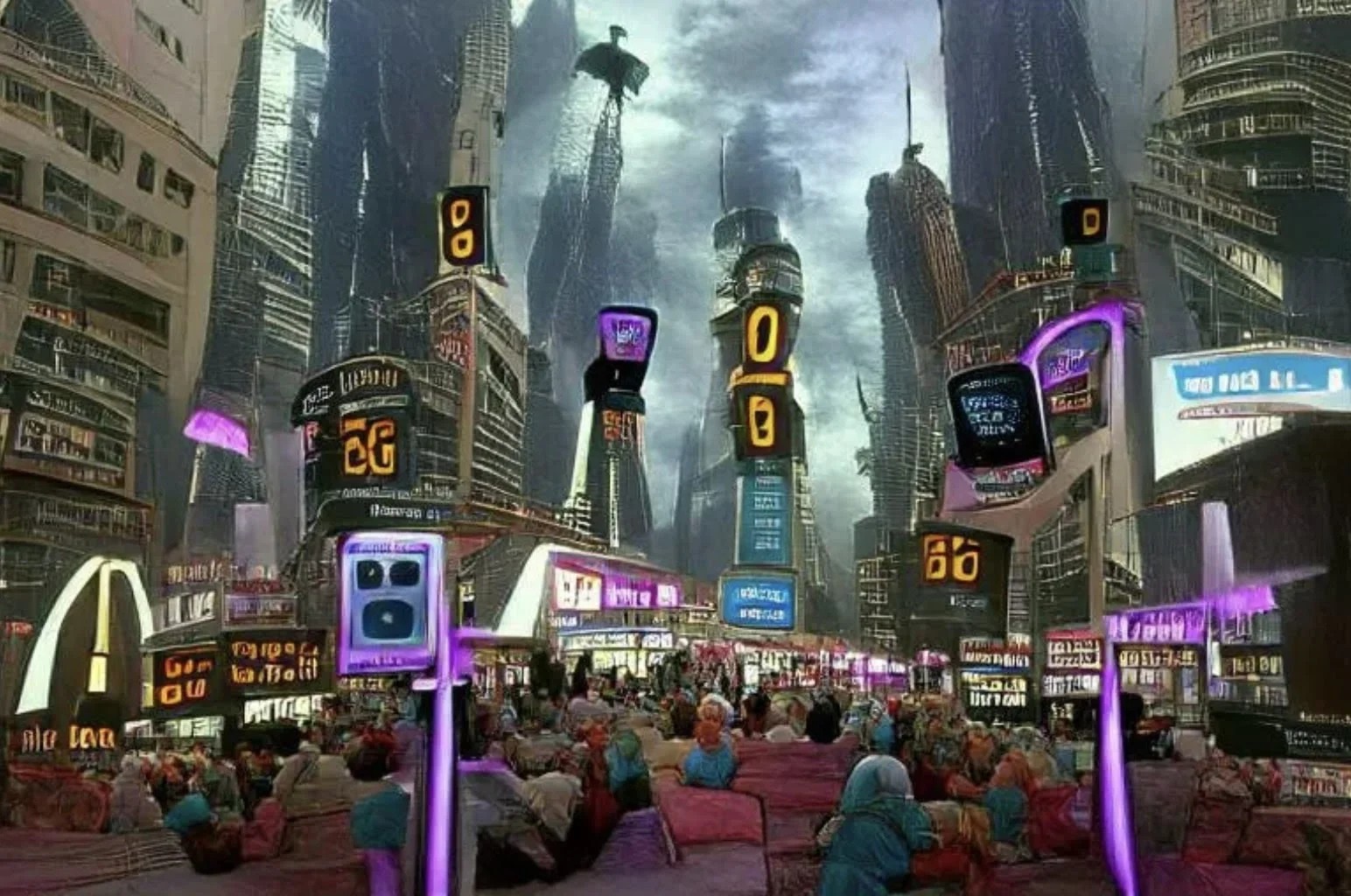
Another one of the top AI generation tools is NightCafe Creator. The app offers two methods of AI generation: neural style transfer and VQGAN+CLIP. The first helps re-imagine images in any style chosen by the user, while the second creates art out of a text prompt.
NighCafe Creator also offers many simple edition tools that enable users to change an image, and the art belongs to the user as long as they have permission or ownership of the original images. It also uses AI to enhance images to print quality, allowing users to have it printed out and delivered on museum-quality, thick matte paper.
NightCafe Creator has generated over 3.5 million AI artworks!
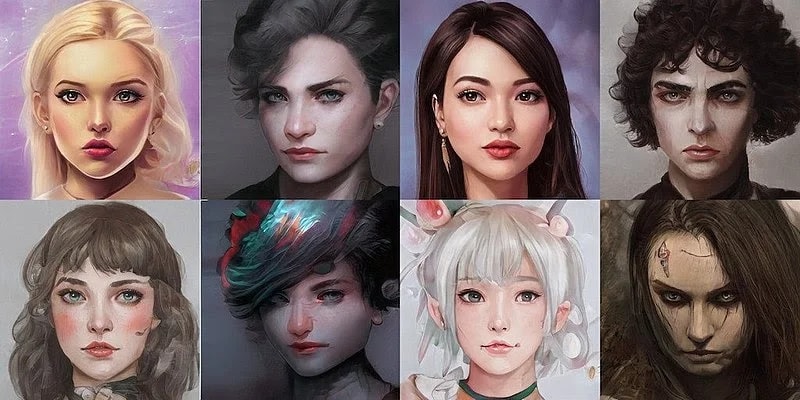
Artbreeder is an online application that allows users to merge two pictures in order to create a hybrid. The user first chooses the category of picture they want to generate before being able to combine as many pictures as desired from a database. The app then generates the image based on the most prominent features of each input picture.
Artbreeder is a collaborative project, meaning images generated by one user can be built upon by another, which creates all sorts of evolving pathways. This is enhanced by the images generated by the AI itself, creating an incredibly creative and collaborative environment.
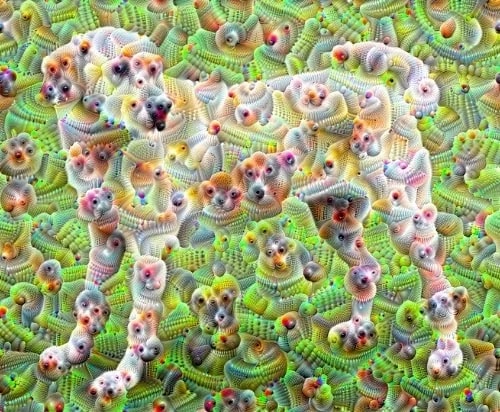
Deep Dream Generator relies on the base model of Deep Dream, which uses a convolutional neural network to identify and enhance patterns in images through algorithmic pareidolia. What is algorithmic pareidolia? It is the process of creating a dream-like appearance in intentionally over-processed images.
Deep Dream Generator uses a variation in the texture of the first image to create a different style in the second image. This application takes a few minutes rather than a few seconds to generate an image, but the result is a beautiful sequence of pictures.
Now, let’s look at some commonly asked questions regarding AI art:
Art is subjective. Based on that factor, yes, AI is able to create real art.
There are a lot of AI art generators that allow you to create artworks for free. One of them is starryai.
As long as all assets used, if any, in the making of the art are owned by you, then you’re able to sell the work. For instance, if you used an initial image to generate an artwork via an AI generating app and you own the rights to it completely, you own 100% rights to the generated artwork. Another instance would be that you used no initial image and the AI generated the artwork in its entirety, then you own 100% rights to it as well.
Unlike traditional art tools, AI art websites empower anyone to create masterpieces without prior skills.
They are also affordable, with some allowing you to make them for free, like starryai.
Generally, AI tools strive to deliver a close-enough representation of your idea. However, the level of accuracy may differ depending on the text prompt.
For great results, provide clear and specific prompts. Additionally, set a higher runtime to get a more detailed output.
Although plenty of free online tools allow you to create images for free, starryai is the best AI art generator.
Our software offers 20 free image generations, allowing you to experiment with various art styles for free. No strings attached and no credit card is needed.
AI text-to-image generators convert text to images using AI models like machine learning, Orion, and Altair. They are trained using large datasets of images to render pictures that closely match the descriptions provided.
AI applications like starryai, NightCafe Creator, Artbreeder, Deep Dream Generator, and many others are ushering in a new era of AI-generated art. They offer state-of-the-art approaches that allow anyone worldwide to be an artist. These applications are also helping create this new ecosystem of NFTs and digital art, an incredibly fast-growing market that is revolutionizing the virtual world.
Looking to create and own some AI-generated art for yourself?
starryai is our top pick for creating captivating art designs.
Our tool is designed to empower your artistic vision. It allows you to unlock 1000+ diverse styles, generate AI art in minutes, and engage with our active Discord community. Our AI software can also remove the background and upscale your image.
Start with a free AI art generator — no credit card needed — to produce concept AI art effortlessly!